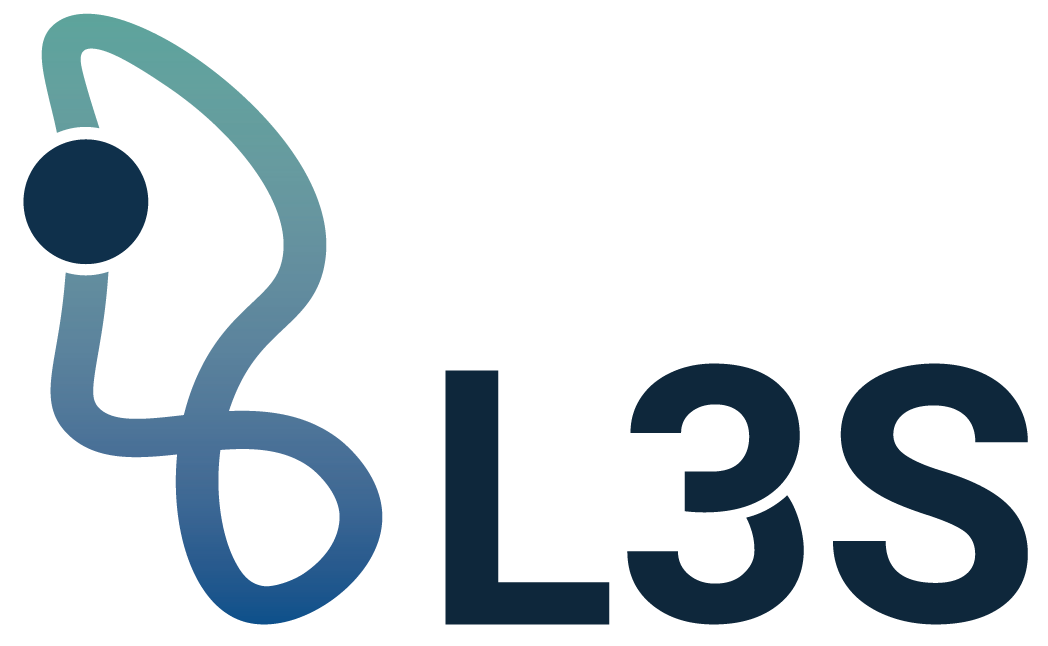|
so:text
|
How would you explain Manet’s ? Yes, you may say that the mirror in the back of the barmaid, like Plato’s, shows that the reflections in the mirror are as close as the viewers get to viewing reality, which is mixed up with the inner reality of the barmaid, her reflection in the mirror, and her own picture in front of the viewer and image of Manet himself as the painter and as the creator of that painting in that mirror. Yet we know that this picture cannot be real since the artist cannot simultaneously be painting the picture and be steering at the barmaid in the guise of a client in the picture. Since, if the picture shows the true reality the mirror must reflect the painter performing the act of painting! Explanations like these are, of course, stating the obvious. The truth pf this painting is all revealed at that very moment in which it connects with the subconscious of the viewers. Manet does not want to warn his viewers that “look! I am showing you the illusion of picturing reality in painting”. If he really wanted to give such a warning he would have written such a warning underneath his work, pretty much the same way that wrote . But, even Magritte’s warning is not that clear! What is not a pipe, that illustration of a pipe? If so, then that is obvious, and what is the point of stating the obvious? Perhaps Magritte like Ferdinand de Saussure wants to say there is a difference between the pipe as a ‘signifier’ and the pipe as a ‘signified’. As I stated the grammar of painting is different from the grammar of language. (en) |

